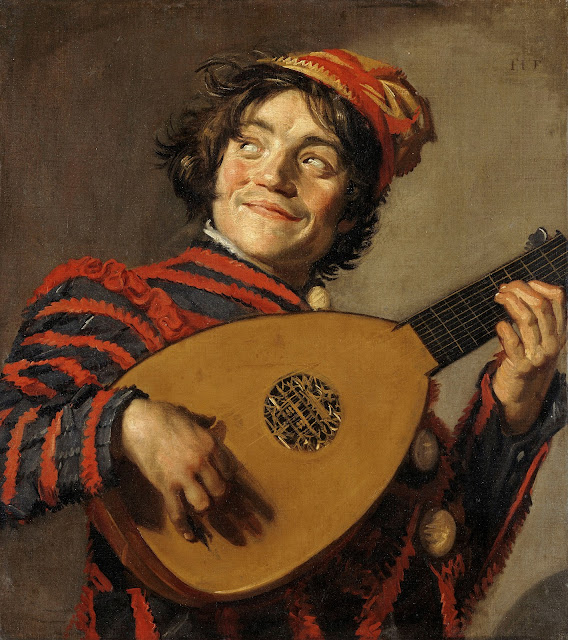
One looks at Frans Hals' portraits and immediately begins to speculate about the sitter's character. In his picture Jasper Schade (1645) looks sensitive, but a bit on the arrogant side. In another work, the anonymous young woman (c. 1658) appears sweet, but not too practical. In an instant, we feel we know these people, and we recognise them as kindred spirits. Even when the poses are formal, the artist ensures that the personality shines through. This extraordinary exhibition, which is next scheduled to move to the Rijksmuseum in Amsterdam, has borrowings from most major holders of Hals' work and includes, perhaps, his best known piece, The Laughing Cavalier (1624), which has not left The Wallace Collection since it opened in 1900. Divided into six galleries: Early Work, Portraiture into Art, Invented Characters, Family Ties, Up Close and Late Work, the show provides an unparalleled look at the work of a painter who was admired by artists as diverse as Whistler and Van Gogh. While Frans Hals' brushwork and his apparent forgoing of the use of preliminary drawings might be impressive, ultimately it is his ability to reflect the complexity and diversity of humanity that makes his work so compelling. Whether it is the imperious posture of Cunera van Baersdorp (1625) or the playful picture of Willem van Heythuysen (c. 1638) precariously tilting back in his chair, Hals brings his sitters to life in an unforgettable fashion. This exhibition is not only a delightful insight into the people portrayed, but also into the character of a sublime artist who embraced his love of humanity and conveyed it in a manner that is simply masterful.
Rated: ★★★★★
Reviewed by J.C.
Image: Frans Hals, The Lute Player (c. 1623). © Musée du Louvre, Paris, Department of Paintings
When, Where, Getting there:










,%20Arian%20Nik%20(Samir),%20Nikesh%20Patel%20(Abz),%20Shazia%20Nicholls%20(Faiza)%20in%20)